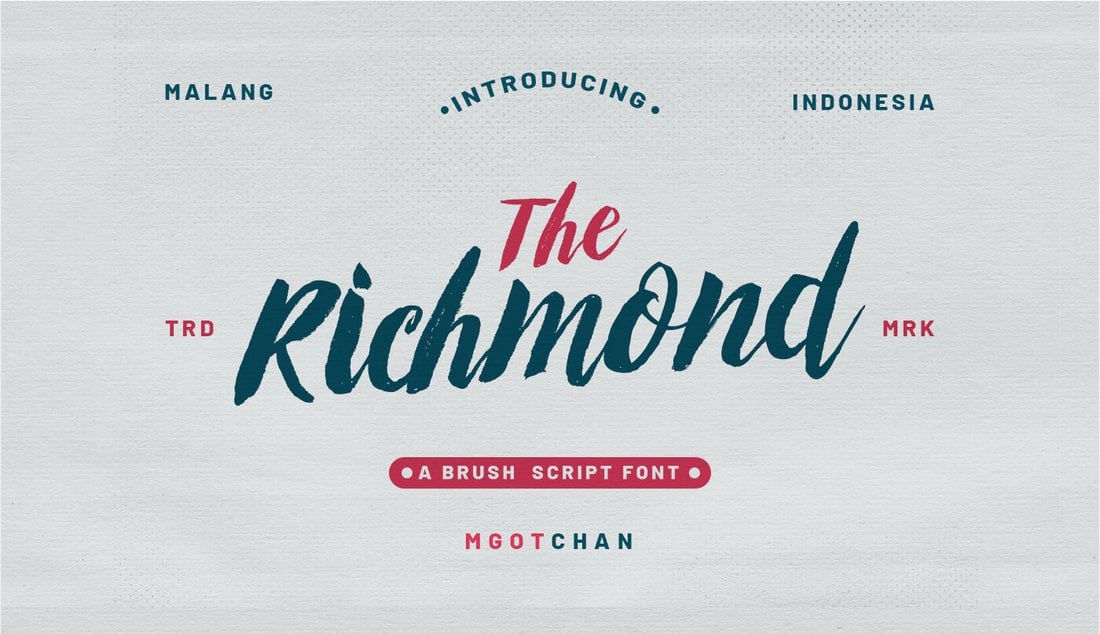


Next time they open Window > Plugin Manager, they can access the additional extensions. plist file, and make your colleagues enter that URL in that field in Glyphs > Preferences > Addons. plist file that contains the scripts, plug-ins and modules you want to distribute to your co-workers.Īll you need to do is set up and maintain that.
#FEEL SCRIPT FONT GLYPHS CODE#
Or, especially if it is proprietary or top-secret code that cannot be published, you can set up your own packages list! It is easy: Go to Glyphs > Preferences > Addons again, and in the Alternate Plugin Repos field, add the URL for a publicly reachable. Then we will add them to our Glyphs Packages repository on GitHub, and a minute later, they are part of the Plugin Manager.
#FEEL SCRIPT FONT GLYPHS LICENSE#
You have two options: either you publish them under an open-source license on GitHub and let us know about it. Let’s say your foundry has custom scripts, plug-ins, and/or modules that need to be made available to everyone in the company. You may need to restart the app once more.
#FEEL SCRIPT FONT GLYPHS INSTALL#
Try this in Terminal: pip3 install pyobjcĪnd now it should work. If you use a different Python than the one offered to you in Plugin Manager, you are lacking an additional Python module called pyobjc. Then restart Glyphs, and you are all set. Usually, you can simply double click the plug-in file, and Glyphs will ask you if you want to install it: ‘Font Remix Tools’), the amazing LetterInk, or Makkuk’s LayerWhale for recording your design process, or one of Mark Frömberg’s many cool plug-ins: they come with their own instructions. Manually installing plug-insĬommercial third-party plug-ins like Tim Ahrens’ essential RMX Tools (a.k.a. Or, if it is already installed, click on the Remove button to, well, you guessed it: remove it. Simply pick the Plugins section, browse through the plug-ins, and click on the Install button to install it. Similar to scripts, you can install plug-ins with a single click in Window > Plugin Manager. Installing plug-ins through the Plugin Manager Plug-ins are a bit more challenging to make still no biggie though, and different from scripts, they require a restart after installation or update. Though most plug-ins will show up in Filter and View, they can appear in any menu or even show up as palette in the right sidebar. With plug-ins, coders can dig deeper into the ecosystem of Glyphs, and do more advanced stuff.

See the section called ‘Modules’ further above. … the script requires something called a module. If you find a message that says something like this: ModuleNotFoundError: No module named 'vanilla' They may give you a clue as to what went wrong. In that case, look in the Macro Window ( Window > Macro Panel, Cmd-Opt-M) for error messages. If it looks like the script has not done anything, the script may have run into an error. Just browse through the available script collections, and pick the ones you want: First, with an easy one-click install through Window > Plugin Manager > Scripts. There are two ways of installing scripts. They are also easy to install and their installation does not require a restart of the app. Even if you have never coded before, you can learn basic scripting in one afternoon. The submenus in that menu replicate the subfolder structure of that Scripts folder.

Glyphs will load and display all scripts in the Script menu. py ending in a special folder called Scripts inside of Glyphs’ Applications Support folder, somewhere deep in the guts of the macOS Library. Typically, scripts are small pieces of Python code that do one or two particular things well. In any event, after installation of any of these modules and setting the preferences, we recommend to restart the app, so all changes can take effect.


 0 kommentar(er)
0 kommentar(er)
